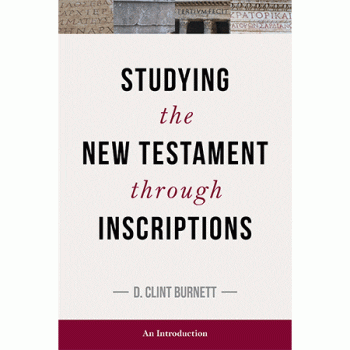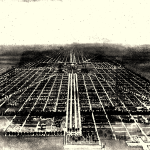James Sawyer
Resurrecting the Trinity: A Plea to Recover the Wonder and Meaning of the Triune God
Weaver Book Company (Wooster, OH), 2017.
Availabe at Amazon.com
Review by Dr Kate Tyler
As a systematic theologian who spent the years of my thesis-writing becoming familiar with the work of Thomas Torrance, and how his doctrine of the Trinity informs his ecclesiology, it was a delight to pick up Sawyer’s Resurrecting the Trinity, with his unselfconscious acknowledgment that the trinitarian perspective developed therein is largely derived from the work of Torrance, and other writers who have drunk from the same stream, such as Baxter Kruger. Torrance is cited frequently throughout, and his influence on Sawyer’s theology is easy to see.
This is an accessible overview of the doctrine of God, which rightly emphasises that “Christian faith is not about affirmation of doctrinal propositions: it is about life, participating in koinonia of the Father, Son and Spirit” (p.14.) This work is pitched at a level suitable for laypeople and theology students, seen in the way that Sawyer illuminates profound ancient truths without losing sight of his commitment to exploring how the doctrine of the Trinity is central to the Christian life. Historical events, cultural and philosophical shifts, and doctrinal developments are overviewed to explain both how the doctrine of the Trinity developed in the thought of the Church, and its contemporary relevance for believers. While reading, there were a number of moments when the way that Sawyer phrased something caused different ideas to ‘click’ for me – it wasn’t that the material was new, but rather that Sawyer has an excellent way of connecting the dots and unpacking connections.
Beginning with reflection on the tendency of western theology to view God as a monad while the eastern churches have retained more of the majesty and mystery of the Trinity in their worship, Sawyer explains why it is important to reflect critically on the way that we think about God. This discussion is framed by identifying some of the common lens through which people filter their concept of God, or the ‘boxes’ which our thought puts God into. These are nicely illustrated with reference to examples from pop culture. Having explained why it is important to give time to considering the triune nature of God, the rest of the book unpacks the doctrine of the Trinity. Chapter 3 focuses on the divine identity of Jesus as the one who reveals God as triune, Chapter 4 unpacks the Nicene Creed and how we are to think of God as three-in-one, Chapter 5 focuses on Jesus as the Son of the Father, and Chapter 6 contains the fullest discourse on the person of the Holy Trinity. Chapters 3, 4 and 5 primarily focus on the Father-Son relationship, and it would have been nice to have some more comment on the Spirit woven throughout this section, but this is more a consequence of the necessarily circular exposition of the doctrine of the Trinity, than an unbalanced presentation of the Trinity as a whole. Key vocabulary is succinctly explained throughout, and Sawyer does a nice job of keeping the relevance of the doctrine of the Trinity as a “dynamic reality that is the very heart of the gospel” (p.178) at the forefront for readers.











